BMW has revealed the radical Vision Driving Experience, a quad-motor high-performance text vehicle fitted with five fans designed to suck it to the ground that is being used to hone the advanced technology that will power its next-generation of Neue Klasse electric vehicles – including the forthcoming M3 EV.
While the powertrain layout, featuring four high-power motors mounted on each axle of the vehicle, has clear parallels to plans for the next-generation M3, BMW insists the Vision Driving Experience serves a wider purpose as a rolling test rig – and the lack of sporty bodywork elements marks it out from spy shots of the first electric car from the Munich firm’s performance division. Because the focus is on vehicle development, BMW has not given a power output for the machine.
The focus of the Vision Driving Experience is to be a high-performance machine that can be used to push development of the ‘Heart of Joy’, the new black box computer system that will combine the drivetrain and driving dynamics systems in all future Neue Klasse EV models. That system will first be seen in the next-generation iX3 that is set to be revealed later this year, and on the next-gen 3 Series saloon that will follow soon afterwards.
Frank Weber, BMW’s development boss, said that the Heart of Joy system “enables us to take driving pleasure not just to the next level, but another one beyond that,” adding that the system would offer “efficient dynamics squared”.
Autocar was given access to the Vision Driving Experience for a ride in the car, and to talk to the engineers who have developed it.
First ride: inside the BMW Vision Driving Experience, and how it will develop a computer chip
"The engineers won’t even tell me how much power this has,” says development driver Jens Klingmann, as he casually hurls the BMW Vision Driving Experience into a corner fast enough for the tyres to howl in protest.
“But it’s a lot.” Given that my insides are still churning from the hit of acceleration at the start, he didn’t really need to say that last bit.
The Vision Driving Experience is, indeed, a lot. It’s a lot of car, with a lot of motors, a lot of fans (we will get to those) and a lot of performance.
And it has a lot of significance for the ongoing development of BMW’s next-generation Neue Klasse EVs, which will start to arrive this year. This isn’t just your average prototype, then.
But at heart that’s basically what it is: a quad-motor, high-power EV test mule styled on the next-gen 3 Series saloon, which has been pounding around various test facilities during recent months.

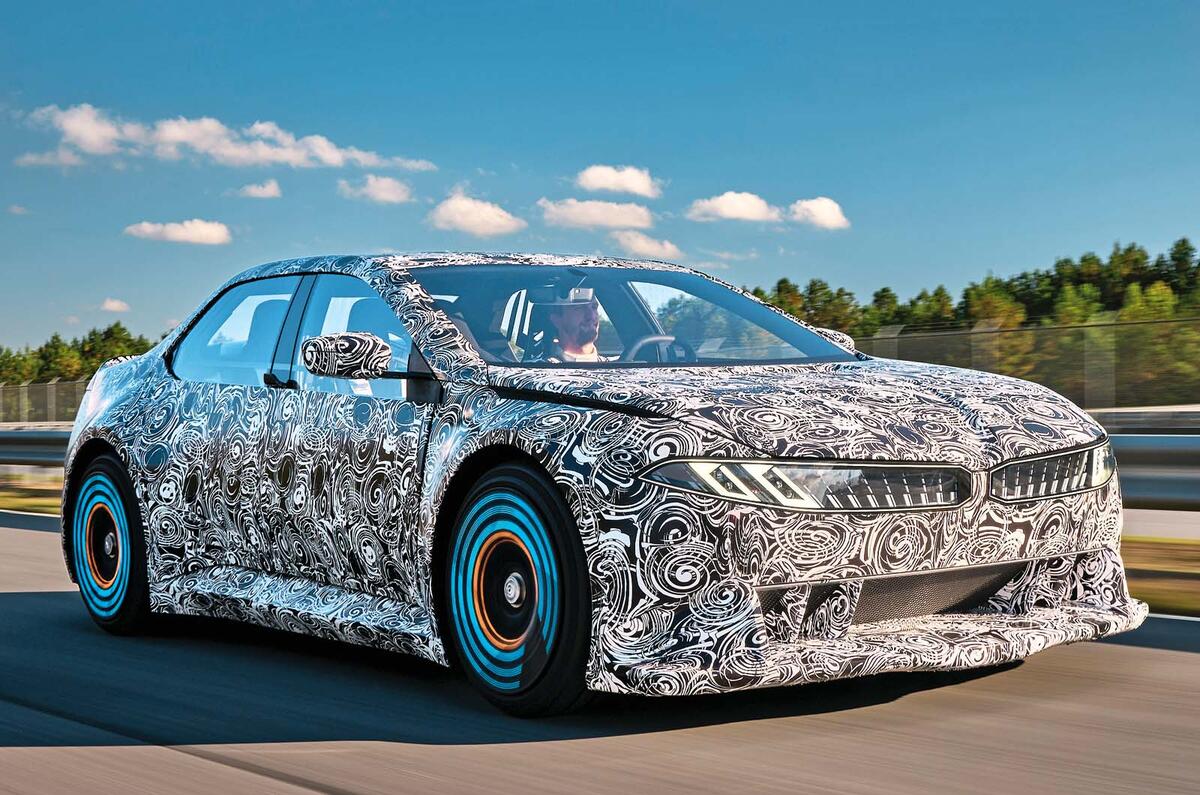





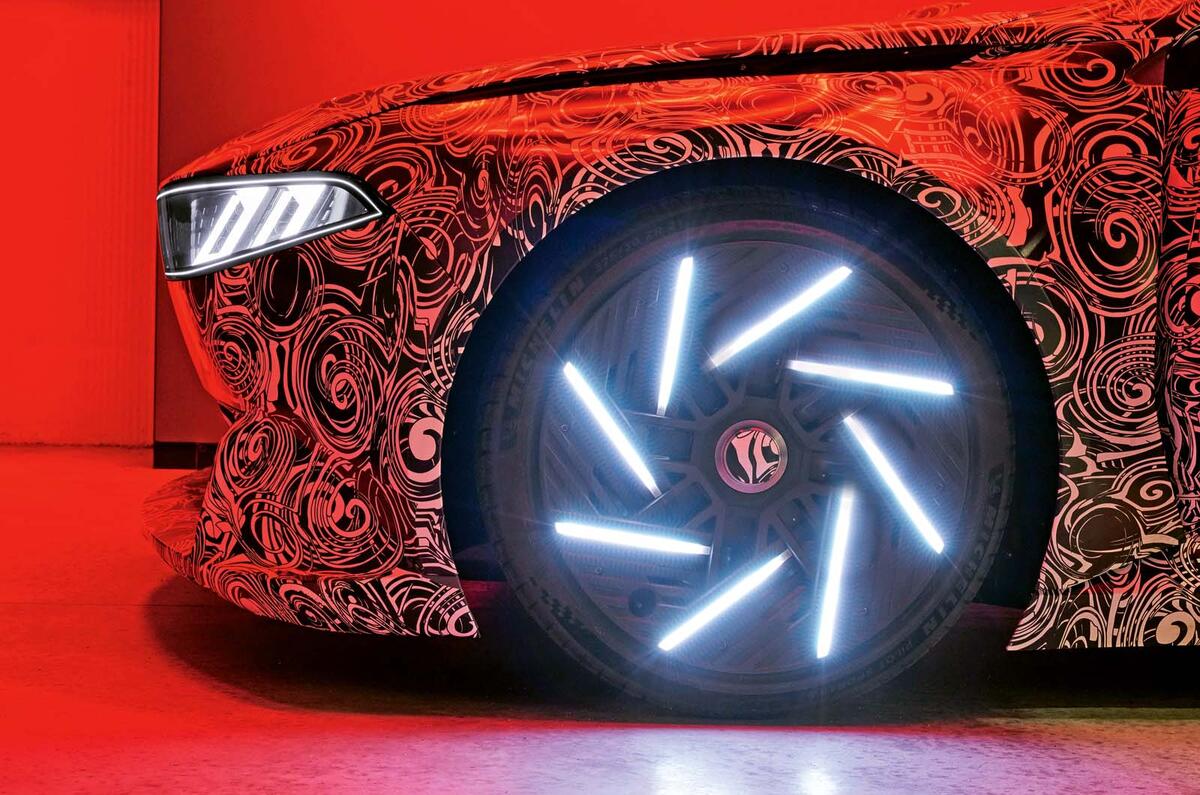

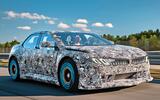








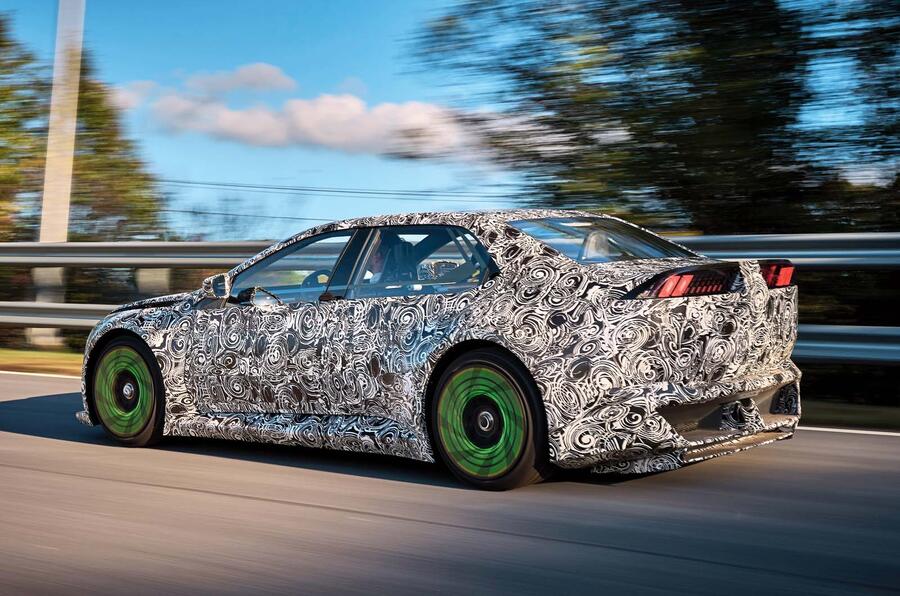
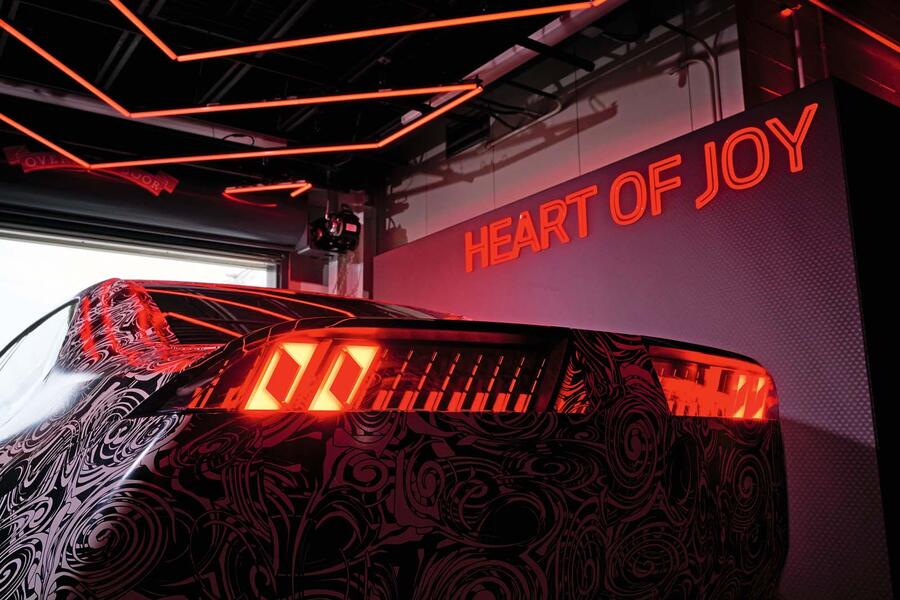

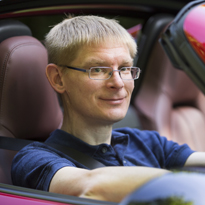





Join the debate
Add your comment
Another EV monstorosity for motorists who hate cars.
That looks superb. Really hope the new 3 series looks like that. And an interesting detail - it looks like it's got huge windows so maybe this will be a modern car you can see out of.
Ah this thing looks immense, and far more attractive than the other two concept cars, the front end is actually very appealing in my view. Shame that one of the most exciting things BMW have built won't ever see the market.